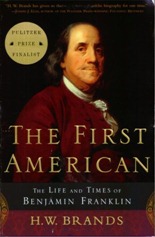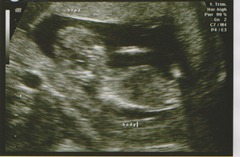Scottish independence is in the air again; the Scottish National Party (SNP) won an overall majority in the Scottish Parliamentary elections in May 2011, independence for Scotland is the SNP’s signature policy and they have been pushed to state their intentions by the UK parliament (source). Independence is a natural successor to devolution which was achieved by Scotland in 1999 (source). Devolution transferred some powers from the UK parliament to the newly formed Scottish Parliament.
There is at least one anomaly in the current system: the “West Lothian Question”, originally put by Tam Dalyell, member of parliament for West Lothian in 1977:
For how long will English constituencies and English Honourable members tolerate … at least 119 Honourable Members from Scotland, Wales and Northern Ireland exercising an important, and probably often decisive, effect on English politics while they themselves have no say in the same matters in Scotland, Wales and Northern Ireland?
The label was coined by Enoch Powell.
This is not a hypothetical question: in January 2004 the then Labour government won the vote on university top-up fees by dint of the votes of Scottish Labour MPs whose constituents were unaffected by the changes since university fees are a devolved matter (source).
The West Lothian Question has not been addressed in part because for the instigators of devolution in modern times it is troublesome since it presents the possibility of a government that has a majority in the UK as a whole but not in England and Wales. The logical solution is equivalent devolution for the English regions or indeed all of England; the English regions have never shown much interest in this idea – England has not been given the choice.
From a Conservative point of view, Scottish independence now would have very welcome electoral benefits; at the last General Election, in 2010, Scotland returned 41 Labour MPs, 11 Liberal Democrat, 6 SNP, and 1 Tory MP (source). It did this on vote shares of 42%, 18.9%, 19.9% and 16.7%. The proportional result is 25 Labour, 12 Lib Dem, 12 SNP and 10 Tory. The oft-repeated quip that there are more pandas in Scotland than Tory MPs is another quirk of the first past the post system. Despite this there is unanimity amongst the national Westminster parties against Scottish independence, presumably they are all reluctant to give up territory, and the glory that Andy Murray brings.
Personally, Scottish independence would make no difference to me; experience with the European Union has shown how freely people can move for work and leisure within the Union, the likelihood is that ties between England and Scotland would be stronger than those with other EU countries. It seems such opinions are not uncommon, YouGov carried out polling after the May 2011 elections which showed 41% of respondents in England and Wales in favour of independence with only 29% of Scots in favour (source). Which begs the question: “Why aren’t our elected representatives representing our views?”
Alex Salmond finds himself in an interesting position, given current opinion poll ratings he would lose an independence poll, and if he won – where would he be? Unrequited desires for independence are the best sort.
Scotland should be entirely viable as an independent country, it has a population of around 5 million, the UK currently has a population of around 60 million. Looking at the populations of other European nations: an independent Scotland is comparable in size to Denmark, Finland and Norway and a little larger than Ireland.(source). Scotland appears to have a fairly diverse economy, financially it would seem that financial flows between Scotland and the rest of the UK are close to balance (source).
I believe in localism: that power should be devolved to the lowest practicable level. Scotland clearly is viable as a country, so my logic is that is how it should be treated.



